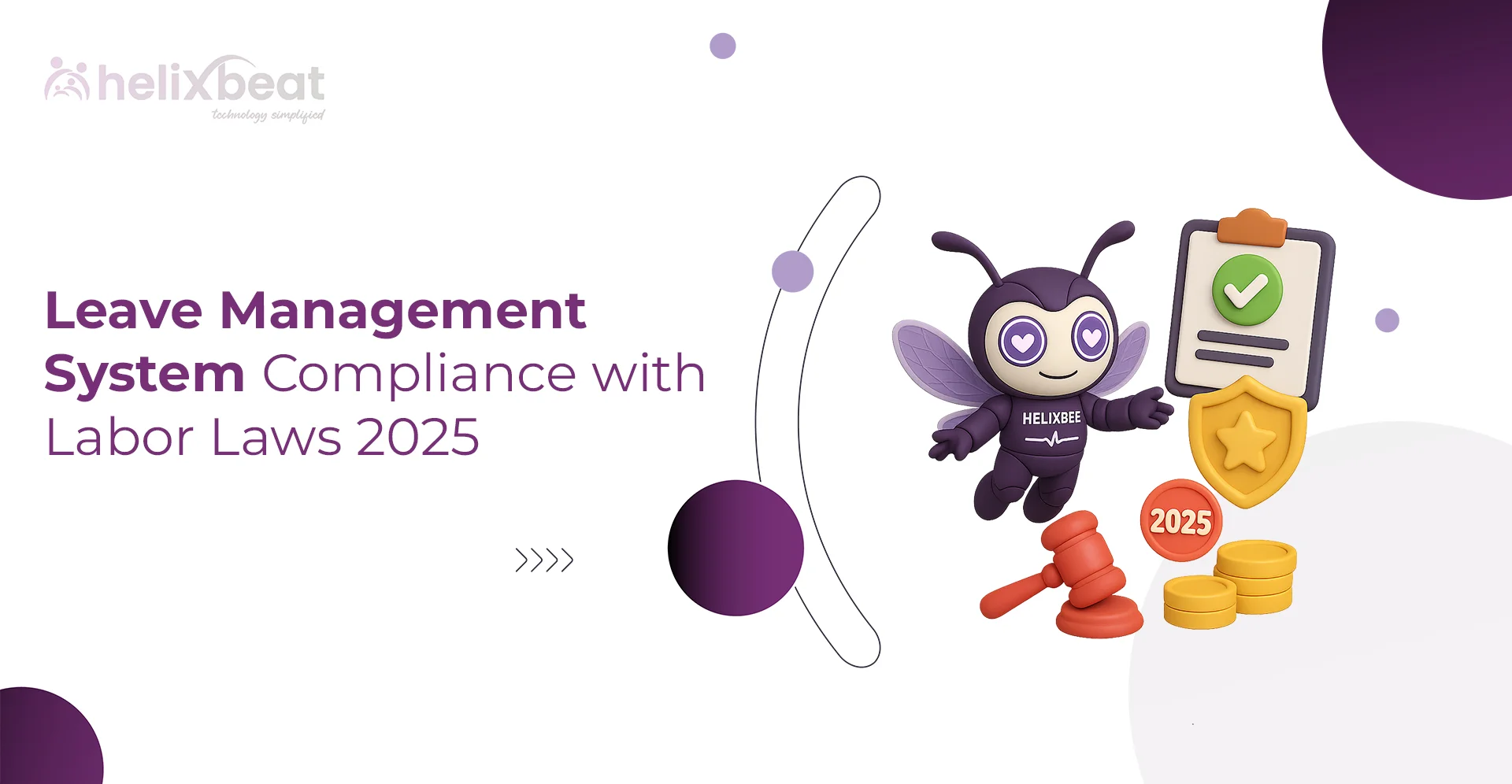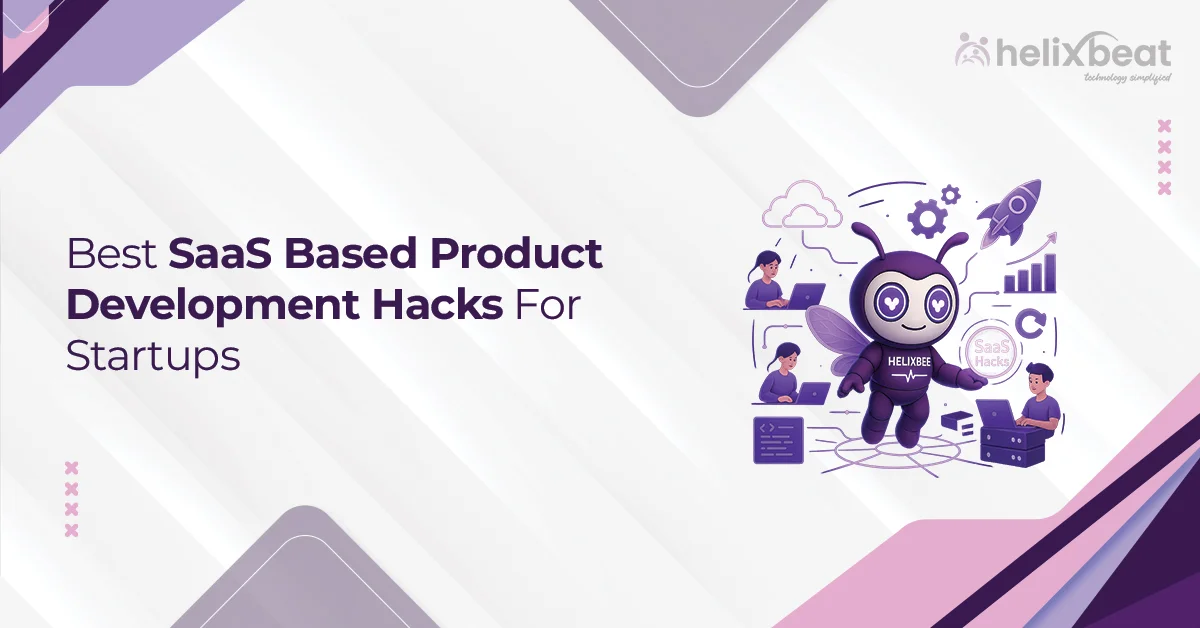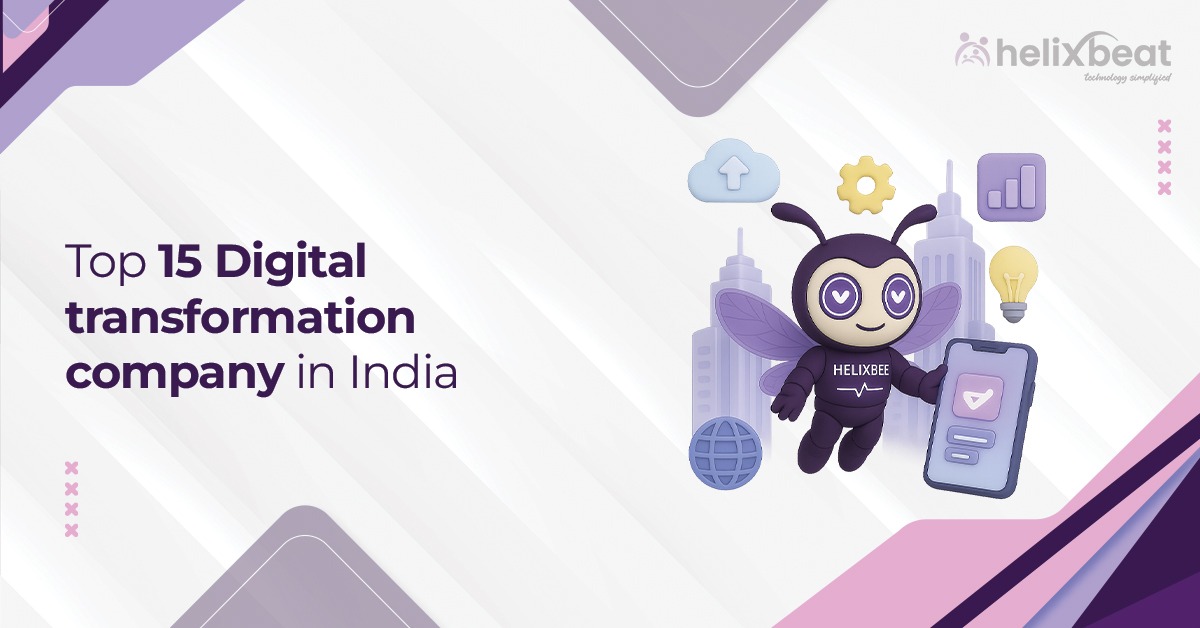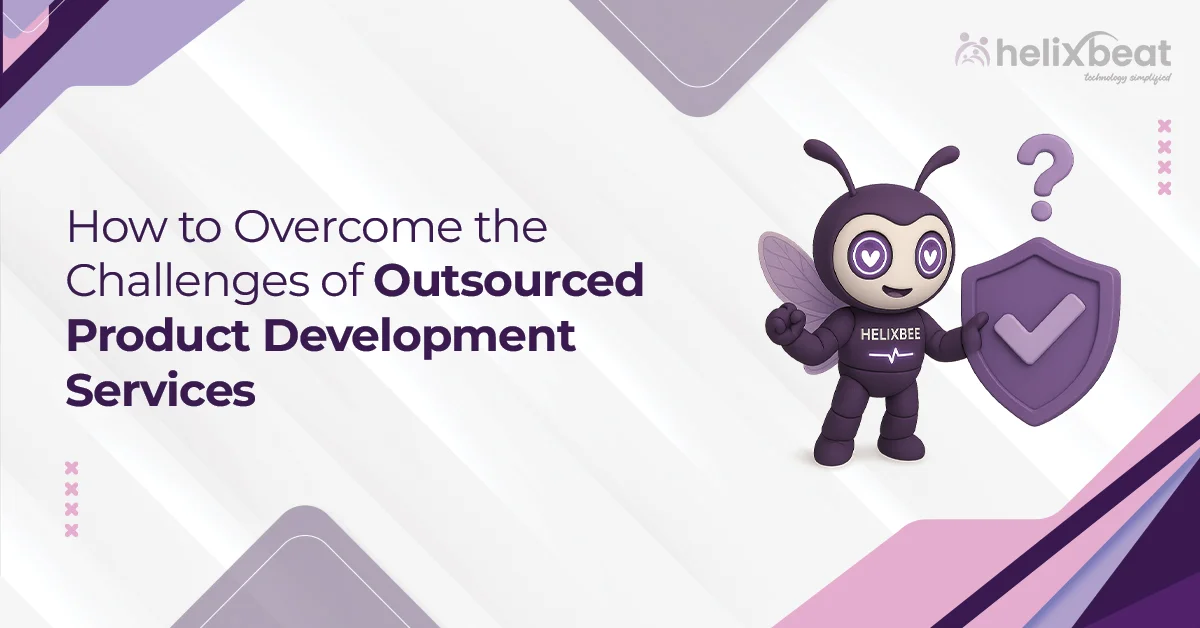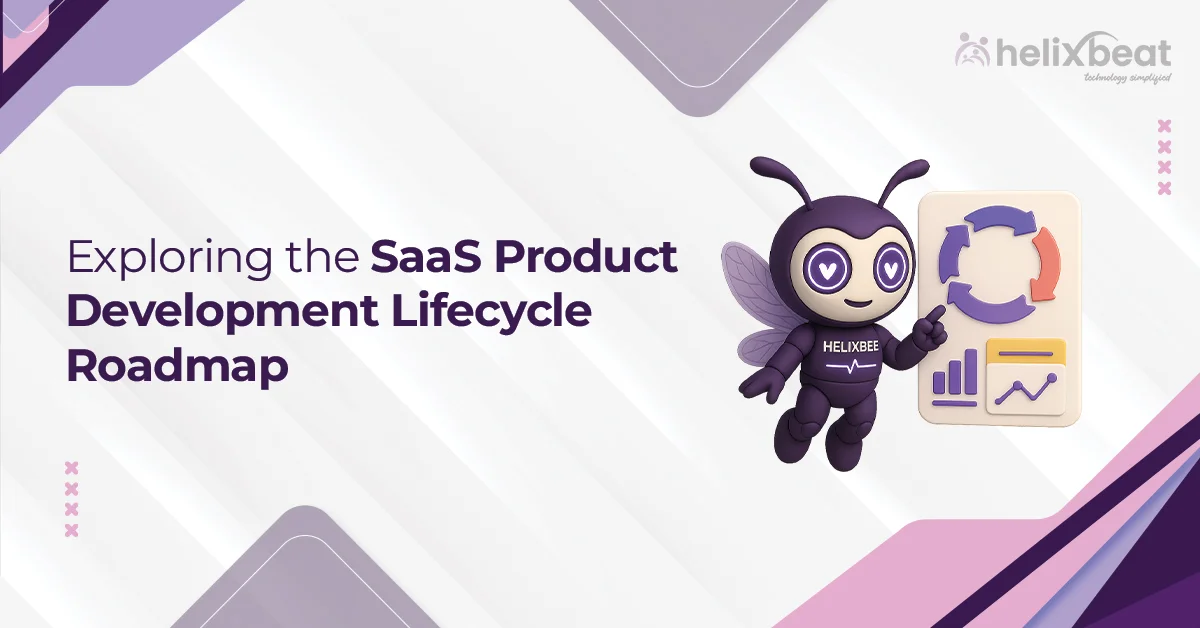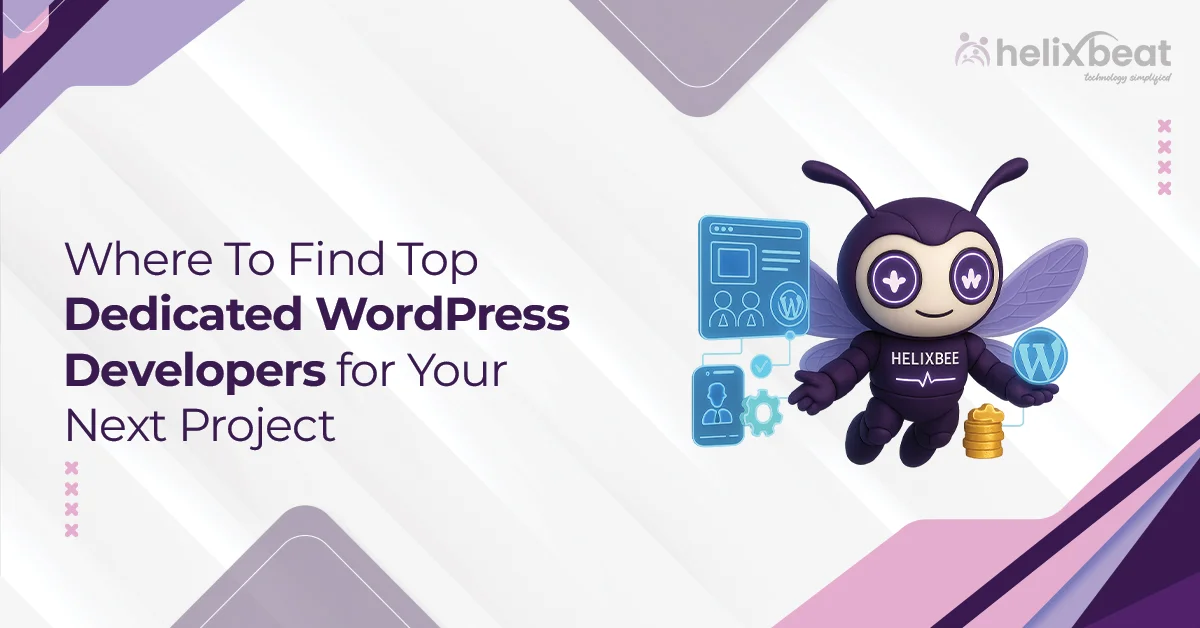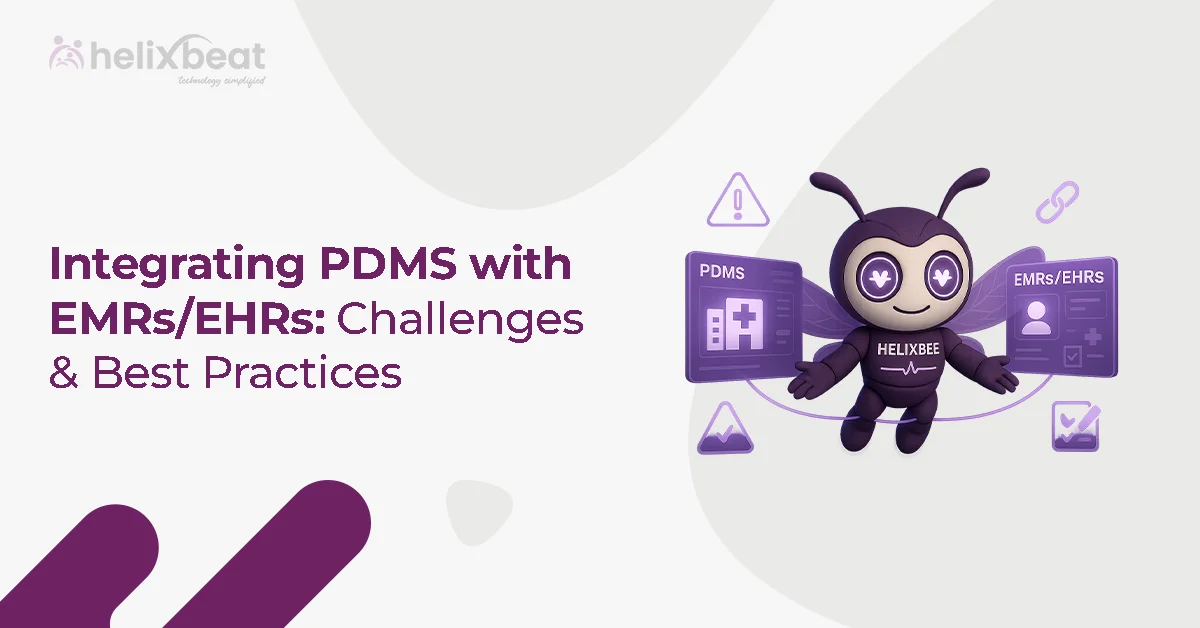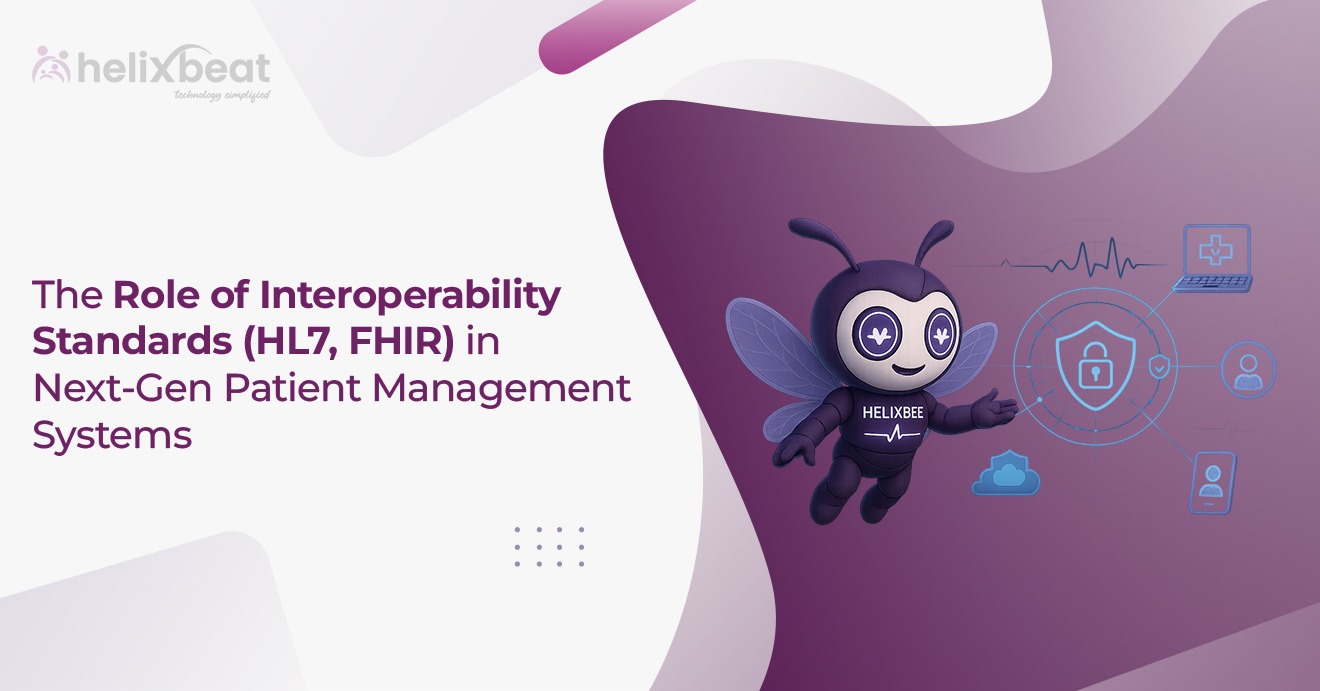Brands are no longer competing just on products or price—they’re competing on experiences. In fact, according to a report by Pwc, 86% of buyers are willing to pay more for a great customer experience. As we move into 2025, the companies that prioritize customer experience transformation will lead their industries.
But what exactly does customer experience transformation mean in a digital context? And how do companies stay ahead while managing complex back-end systems and technologies? The answer lies in unifying the user journey with advanced tools like Enterprise Integration Services, and partnering with experts like Helixbeat, a digital transformation service provider making waves in this space.

Table of Contents
What Is Customer Experience Transformation?
Customer experience transformation is the strategic overhaul of how businesses deliver value and engage with customers across digital channels. It’s about replacing outdated, siloed interactions with fluid, intuitive experiences that span websites, mobile apps, social media, and support systems.
It goes beyond surface-level improvements. It’s not just about updating your website’s look or adding chatbots. True transformation is about analyzing the full customer journey, identifying friction points, and creating a cohesive digital ecosystem that delights users at every step.
By prioritizing user needs, preferences, and behaviors, customer experience transformation enables brands to personalize every touchpoint—be it a product recommendation, a support interaction, or a marketing message.
Why It Matters More Than Ever in 2025
The digital consumer of 2025 is informed, impatient, and expects hyper-personalization. Gone are the days when static websites and generic email campaigns were enough. Customers want services that:
- Understand their preferences
- Offer real-time responses
- Work consistently across platforms
And they’re not afraid to switch brands if expectations aren’t met.
Customer experience transformation is the response to this shift. Businesses that embrace it enjoy stronger customer loyalty, better conversion rates, and higher lifetime value. Those that don’t risk falling behind.
Moreover, modern customers interact with brands across numerous touchpoints—social media, search engines, apps, email, and beyond. Ensuring these touchpoints are interconnected and aligned is critical. This is where Enterprise Integration Services come in, enabling smooth data flow between systems for consistent experiences.
The Role of Enterprise Integration Services
To power customer experience transformation, your digital ecosystem must be connected. Enterprise Integration Services play a vital role here, enabling seamless communication between CRM, ERP, marketing automation, and customer service platforms.
Let’s say a customer browses a product on your website, adds it to their cart, but abandons it. With proper integration, your system can:
- Trigger a personalized email reminder
- Adjust social media ads to showcase the product
- Alert the sales team for a follow-up
All without manual effort.
Enterprise Integration Services allow this kind of synchronization, ensuring that every system contributes to a unified experience. They reduce silos, streamline operations, and provide real-time insights—all essential for customer experience transformation.
Case Study: Starbucks’ Digital Journey
Starbucks is a prime example of customer experience transformation done right. The brand reimagined its customer journey using mobile ordering, personalized offers, and a gamified rewards app.
Impact:
- 30% of all transactions now come through the app
- 90-day customer retention increased significantly
- Increased average order value through smart recommendations
How did they do it? They integrated marketing, CRM, and POS systems using Enterprise Integration Services—allowing real-time customer data to influence offers and messaging across channels.
The Customer Journey: From Interaction to Loyalty
To truly understand customer experience transformation, you need to understand the customer journey. It includes:
- Discovery – How a customer finds you
- Engagement – Their interaction with your content or products
- Conversion – The purchase or action they take
- Service – Post-purchase support
- Loyalty – Their continued engagement
Each of these stages must be optimized. And each offers a chance to impress or lose your audience.
Helixbeat, a frontrunner in digital transformation services, emphasizes mapping this entire journey. They help businesses identify key moments that matter, implement smart automation, and ensure personalized communication throughout the lifecycle. By using insights and analytics, Helixbeat enables brands to make data-backed decisions that enhance customer experience.
Emerging CX Trends in 2025
1. AI-Powered Customer Journeys
Artificial intelligence (AI) is revolutionizing customer experience by automating repetitive tasks and enabling hyper-personalized interactions at scale.
- Generative AI Impact: According to McKinsey, generative AI could automate up to 60-70% of customer support tasks, potentially replacing over 100,000 frontline agents globally by 2025.
- Predictive Engagement: Tools like Salesforce Einstein and Adobe Sensei predict customer behavior, such as reminding users about expiring subscriptions or abandoned carts.
- Real-World Example: Amazon’s AI-driven product recommendation engine accounts for 35% of its total sales, showcasing the power of data-driven personalization.
Action Steps:
- Deploy enterprise-grade conversational AI (like Google Dialogflow or IBM Watson Assistant) to deliver seamless, human-like support.
- Integrate predictive analytics within CCaaS (Contact Center as a Service) to forecast and resolve potential customer issues.
- Partner with CX-focused consultancies to align AI strategies with long-term business goals.
2. Hyper-Personalisation: The Segment-of-One Approach
Customers no longer accept generic interactions—they expect experiences tailored to their individual needs.
- Key Stat: A recent report by McKinsey found that 71% of consumers expect personalised experiences, and 76% feel frustrated when personalisation is missing.
- Advanced Segmentation: Real-time behavioural segmentation enables businesses to customise messaging, promotions, and experiences for each user.
- Dynamic Pricing: Retailers like Uber and Amazon use AI-powered dynamic pricing models to offer personalised discounts based on behaviour, location, and demand.
Action Steps:
- Use AI-driven customer data platforms (CDPs) to build dynamic customer profiles.
- Integrate CPaaS (Communications Platform as a Service) with AI to deliver real-time, personalized communication across SMS, WhatsApp, email, and more.
3. Omnichannel Excellence
Today’s consumers interact with brands across multiple platforms—ensuring consistency and integration is no longer optional.
- Customer Expectation: 73% of consumers use multiple channels during their purchase journey, and 75% expect consistent experiences across all of them (Salesforce, 2024).
- Success Story: Sephora bridges digital and physical experiences by allowing customers to scan in-store products via the app to read reviews, check availability, and earn loyalty points.
Action Steps:
- Synchronize your inventory and loyalty systems with CPaaS tools for real-time data access.
- Use CCaaS platforms to create a single view of customer interactions across all touchpoints—social, web, phone, and chat.
- Implement unified loyalty programs that function seamlessly online and offline.
4. Sustainability & Accessibility in CX
Modern customers prefer brands that reflect their values, especially around sustainability and inclusivity.
- Eco-Conscious Buying: 78% of millennials are more likely to buy from a company that offers eco-friendly products (NielsenIQ, 2024).
- Patagonia’s “Worn Wear” program lets customers return used clothing, reinforcing circular economy principles while building trust.
- Accessibility Gaps: Despite regulations, only 30% of websites meet basic accessibility standards, leading to a growing demand for inclusive CX design.
Action Steps:
- Integrate voice-enabled and video support via CCaaS for improved accessibility.
- Launch targeted SMS campaigns promoting eco-friendly product lines.
- Incorporate accessibility-first design principles into all digital touchpoints, not just compliance-driven fixes.
5. Actionable CX Strategies for 2025
a. Invest in the Right Technologies
- Consolidate legacy tools and adopt cloud-based CCaaS for scalability and lower maintenance.
- Implement AI-powered engagement platforms like Drift or Intercom to streamline queries and enhance response times.
b. Train and EmpowerHuman Teams
- While AI can handle scale, empathy and emotional intelligence remain irreplaceable.
- Equip agents with predictive insights so they can preemptively address customer concerns.
- Deploy AI-enhanced SMS and email campaign tools that deliver personalized, automated outreach at scale.
c. Embrace Proactive Customer Engagement
- Only 13% of customers report receiving proactive service—this is a massive opportunity to stand out (Gartner, 2024).
Action Steps:
- Enable real-time feedback loops via CPaaS for instant reaction to customer dissatisfaction.
- Offer anticipatory services like maintenance reminders, billing alerts, and loyalty rewards.
- Use generative AI to craft custom responses, scripts, and knowledge base updates to improve efficiency without losing personalization.
How Helixbeat Powers Digital Growth
Helixbeat has become synonymous with customer experience transformation. Their holistic approach blends strategy, design, and technology to create memorable digital journeys.
Here’s how Helixbeat helps businesses transform:
- Journey Mapping: They break down customer touchpoints to understand pain areas and improve them.
- Digital Ecosystem Design: From websites to mobile apps, they craft experiences that users love.
- Integration Services: Their Enterprise Integration Services ensure all platforms communicate effectively.
- Personalization Engines: Leveraging AI, they help brands deliver the right message at the right time.
- Analytics & Optimisation: Helixbeat uses data to refine strategies and drive growth continuously.
Whether you’re a startup or an enterprise, Helixbeat brings the expertise needed to win in the digital world.
Common Mistakes in Customer Experience Transformation
Even with the best intentions, companies often falter. Here are some common pitfalls:
- Ignoring Integration: Without Enterprise Integration Services, systems become fragmented, leading to disjointed experiences.
- Over-Automation: Automation is great—but only when balanced with human touch.
- Neglecting Mobile: A strategy that doesn’t prioritize mobile-first experiences is already outdated in 2025.
- Not Acting on Feedback: Gathering reviews is easy. Acting on them is what sets successful brands apart.
- Underestimating Change Management: Customer experience transformation impacts teams, tools, and processes. Prepare your people for the shift.
Future Trends Shaping Customer Experience in 2025
Looking ahead, the following trends will shape how businesses approach customer experience transformation:
- Voice and Visual Search: These tools are changing how users discover content and products.
- Hyper-Personalisation: Moving beyond segments to individual-level targeting.
- Predictive Support: Using data to offer help before a customer asks.
- Zero UI Experiences: Interfaces driven by gestures, voice, or ambient intelligence.
- Privacy-First Design: Balancing personalisation with data privacy is critical.
Helixbeat is already helping clients explore these trends with cutting-edge solutions that align with business goals.
Conclusion: Invest in Experience, Reap the Rewards
In 2025, digital transformation is no longer optional—it’s foundational. And at the heart of this shift is customer experience transformation. It’s the strategy that determines whether your brand stands out or fades into digital noise.
When supported by powerful tools like Enterprise Integration Services and guided by experts like Helixbeat, businesses can reimagine every step of the customer journey. The result? Happier customers, higher loyalty, and consistent growth.
It’s time to stop thinking about transactions—and start thinking about experiences.
Let Helixbeat guide your journey toward meaningful customer experience transformation, because your future customers aren’t waiting.
FAQs
1. What is customer experience transformation?
Customer experience transformation is the strategic overhaul of businesses engaging with customers across digital channels, creating seamless, personalized experiences.
2. Why is customer experience transformation important in 2025?
In 2025, customers expect hyper-personalized, real-time interactions. Businesses that transform their customer experience will enjoy stronger loyalty, higher conversion rates, and better customer retention.
3. How does Enterprise Integration Services enhance customer experience?
Enterprise Integration Services connect various systems like CRM, ERP, and marketing tools, ensuring smooth data flow and a unified, consistent experience for customers across platforms.
4. Can AI improve customer experience in 2025?
Yes, AI enables hyper-personalized customer journeys, automates repetitive tasks, predicts customer behavior, and enhances real-time engagement, significantly improving the customer experience.
5. What are some emerging customer experience trends in 2025?
Key trends include AI-powered customer journeys, hyper-personalization, omnichannel excellence, sustainability, and accessibility, all of which are shaping the future of customer interactions.
6. How does Helixbeat help businesses with customer experience transformation?
Helixbeat supports businesses by mapping customer journeys, designing integrated digital ecosystems, and using AI-powered personalization and analytics to optimize experiences.
7. What are common mistakes in customer experience transformation?
Common mistakes include ignoring system integration, over-automation, neglecting mobile-first strategies, failing to act on customer feedback, and underestimating the impact on teams and processes.



